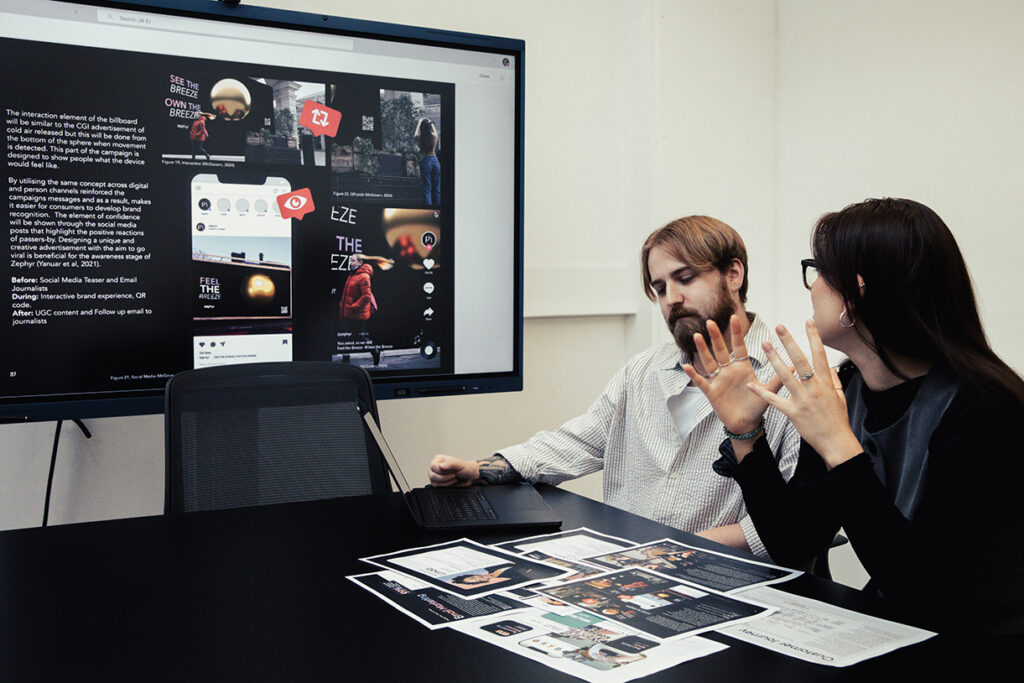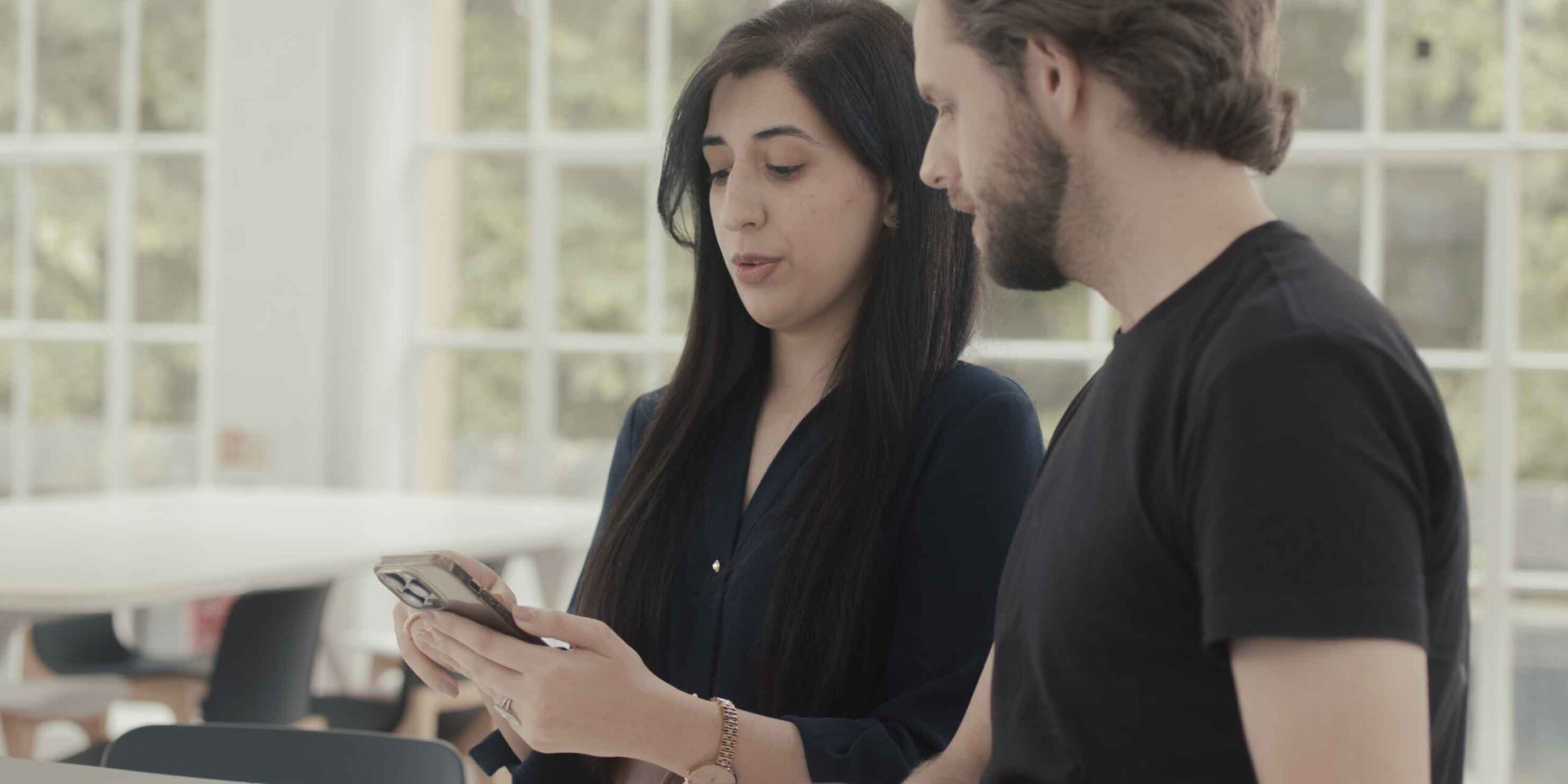In today’s rapidly evolving fashion landscape, brand visibility alone is no longer enough. To truly stand out in 2025, brands must establish genuine, resonant connections with their consumers. So far, several of this year’s campaigns have shown that consumers are being placed at the centre and are no longer satisfied with passively observing. They want to participate, experience and belong. From immersive pop-ups to nostalgia-fueled revivals, fashion brands are reimagining what it means to market with precision, purpose, and, most importantly, with the consumer at the centre.
Experiences and Involvement
Take the Ariana Grande x Swarovski campaign. Far from a traditional product launch, this campaign was a city-hopping, sensory playground of ’60s glamour, featuring curated moments and whimsical product styling. It wasn’t just about promoting jewellery; it was about creating a world audiences could feel part of. Grande’s cultural relevance, paired with immersive storytelling, made the brand feel more relatable and human.
Fila x Hailey Bieber took a different approach, merging minimalist nostalgia with Gen Z’s love for tennis core. With a campaign led by Hailey herself, supported by behind-the-scenes content and cohesive visual identity, the result was a perfect combination of authenticity and brand revival.
Other standout examples include Adidas’ Shell Toe Street, a four-floor experiential marketing feat, and Glossier’s Passport Book, which gamified loyalty into a tactile journey. These campaigns demonstrate that successful fashion marketing today is driven by sensory and emotional resonance, not just visibility.
While campaigns like Louis Vuitton x Takashi Murakami and Jacquemus at Neiman Marcus reflect how fashion houses are embracing immersive retail experiences to drive engagement, the course goes deeper. But what truly sets these campaigns apart is their consumer-first approach, marketing not as a message, but as a moment of connection.
From Selling to Storytelling

Examples like this show how fashion marketing today is no longer about selling products; it’s about creating an experience that resonates. Looking ahead to 2026, trend forecasts indicate a continued rise in nostalgic reinvention, drawing inspiration from the 1960s, 1990s, and early 2000s. But relevance won’t come from aesthetics alone. Brands must create culturally aware, visually rich, and emotionally intelligent campaigns that prioritise their audiences.
This shift requires a new kind of marketer, one who is fluent in cultural insights, design thinking, and communication strategy. And that’s exactly what PACE is preparing professionals for.
PACE Advanced Certificate in Fashion Marketing & Communication
The Fashion Marketing and Communications advanced course is designed to equip professionals across the fashion and creative sectors with the tools to meet these evolving demands head-on.

Led by Dr. Rubab Ashiq, lecturer and specialist lead in Fashion Marketing and Communications at PACE, this 14-week course will empower learners to:
- Examine how marketing shapes brand perception, consumer relationships, and social influence
- Apply design thinking to develop audience-first, innovative strategies
- Analyse and build impactful brand storytelling and visual communication
- Strengthen their ability to communicate across channels, formats, and audiences
Delivered in a flexible, blended format, the course combines online learning, live webinars, and formative feedback to provide a robust, real-world learning experience.
Whether you’re a brand manager, fashion entrepreneur, or creative strategist, now is the time to deepen your expertise and rethink how your work connects with consumers. The future of fashion marketing isn’t about keeping pace with trends; it’s about anticipating them, shaping them, and creating campaigns that people not only see but also feel.
With consumer expectations shifting fast, the brands and professionals who succeed will be those who lead with insight, creativity, and empathy.


